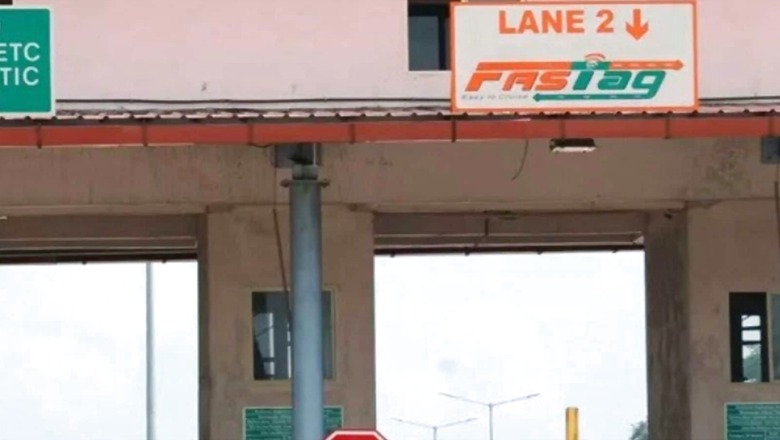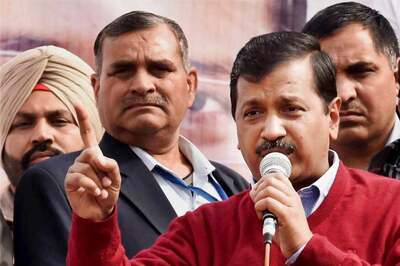
views
Electronic toll collection (ETC) through FASTag in India is constantly growing with the average daily toll collection through the digital mode on fee plazas reaching Rs 134.44 crore in December 2022, up from Rs 52 crore in December 2019, official data analysed by News18 shows.
According to the ministry of road transport and highways (MoRTH), the total toll collection through FASTag on fee plazas on both national and state highways during the calendar year 2022 was Rs 50,855 crore or Rs 139.32 crore per day on average. During 2021, the earnings from this were Rs 34,778 crore or Rs 95.28 crore per day.
Further digging into the ministry numbers shows how daily collection from FASTag has grown over the years with policies pushing its use. In July 2019, the average daily collection from FASTag was Rs 11.2 crore, which increased to Rs 19.5 crore by November that year.
The ministry, through a gazette notification, made FASTag compulsory for all four-wheel motor vehicles sold on or after December 1, 2017. By December 2019, the average daily collection increased to Rs 52 crore.
The ministry mandated the fitment of FASTag in M&N categories of motor vehicles from January 1, 2021. Category ‘M’ stands for a motor vehicle with at least four wheels used for carrying passengers and ‘N’ stands for a motor vehicle with at least four wheels used for carrying goods, which may also carry persons in addition to goods.
From midnight of February 15 and 16, 2021, the government declared all lanes of fee plazas on national highways as FASTag lanes to achieve 100 per cent fee collection electronically. The rule also mandated that any vehicle not fitted with FASTag or without valid, functional FASTag entering into the FASTag lane will have to pay double the amount applicable to that category at the toll.
The daily average fee collection between February 15 and 28, 2021 was Rs 104 crore, compared to Rs 80 crore per day in February 2020.
The introduction of FASTag has transformed travel with reduced waiting time and minimised queues at fee plazas. It has also reduced fuel consumption and provides for a seamless passage through the fee plazas.
As per an estimate, FASTag is saving around Rs 20,000 crore per year on fuel, which is saving precious foreign exchange and helping the environment as well. FASTag is issued to vehicle users on the basis of vehicle registration number/chassis number. The data of FASTag is maintained on an all-India basis.
Electronic toll collection in India has seen a massive transformation in the last couple of months. It was in September 2017 when the NHAI achieved its first milestone in ETC as it operationalised one dedicated FASTag lane at all toll plazas.
In November 2019, India had just 70 lakh FASTags issued. This increased to 1.15 crore by December 31, 2019. By March 30, 2022, the total number of FASTags issued was 4.95 crore. As of date, 6.4 crore FASTags have been issued in India. Also, the total number of FASTag-enabled fee plazas across the country grew to 1,181, including 323 state highway fee plazas, in 2022 from 922 in 2021.
According to the ministry, the deployment of ETC systems at various fee plazas along national highways has brought transparency and enabled the correct valuation of road assets, which has encouraged more investors to invest in the highway infrastructure of the country, particularly, in asset recycling.
Read all the Latest India News here




















Comments
0 comment